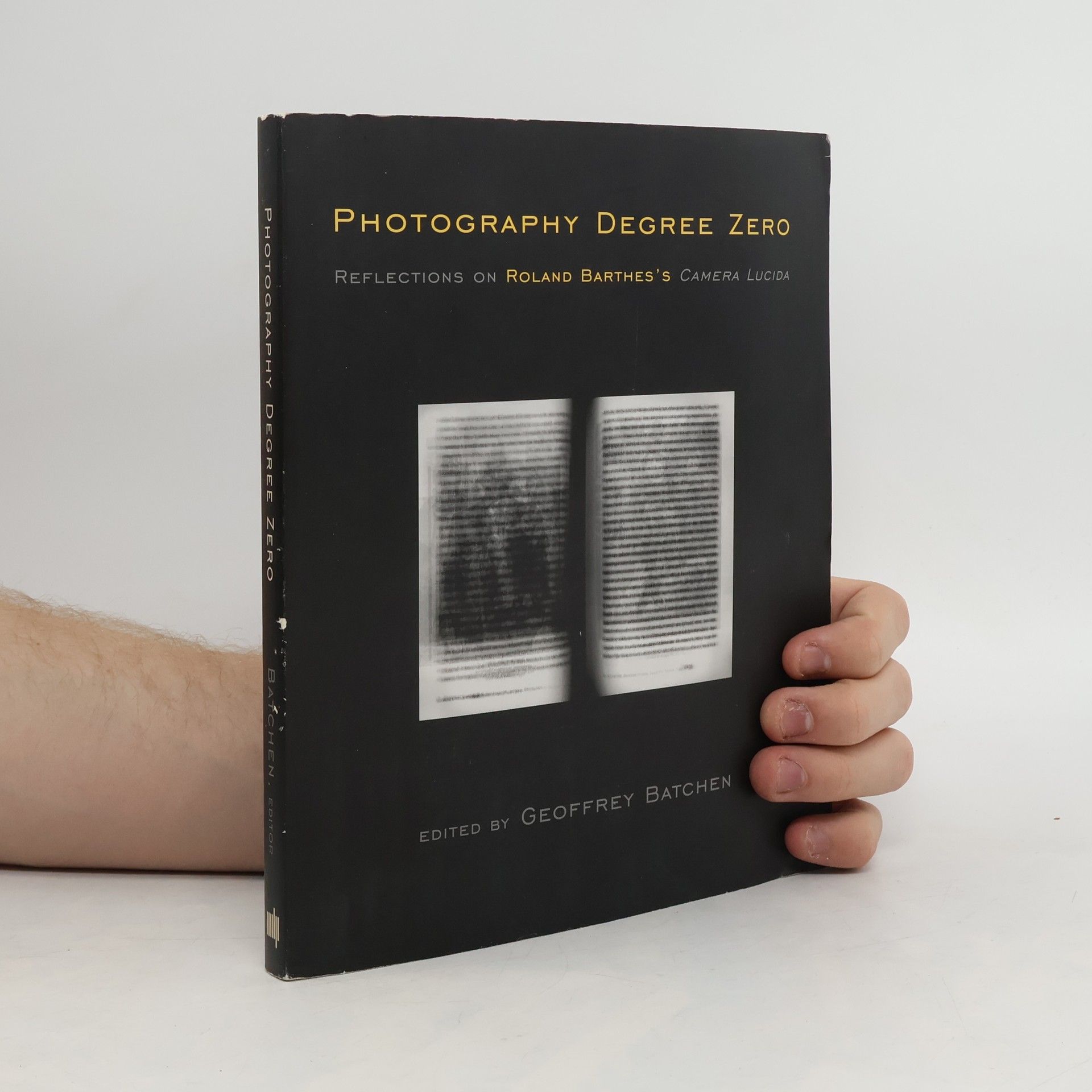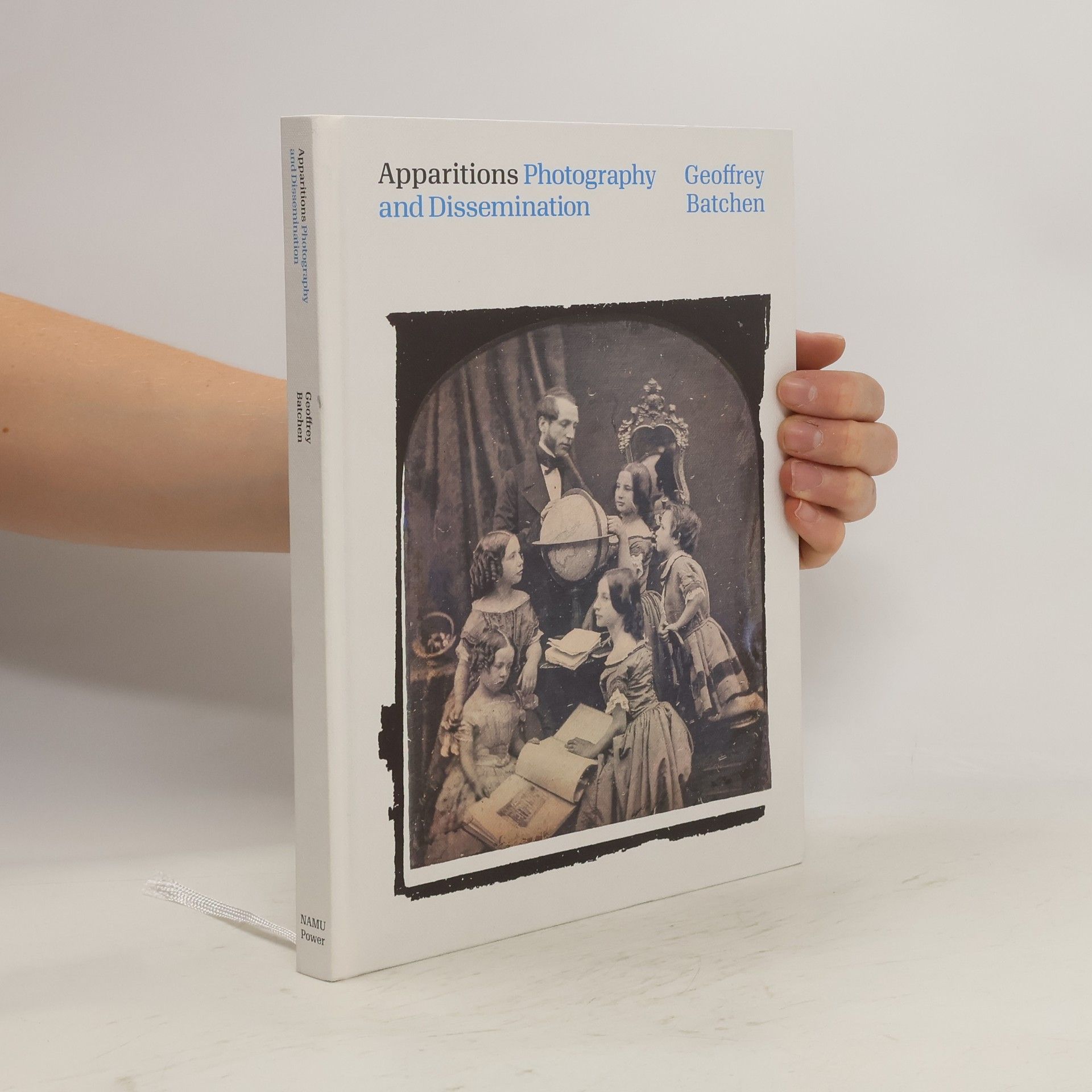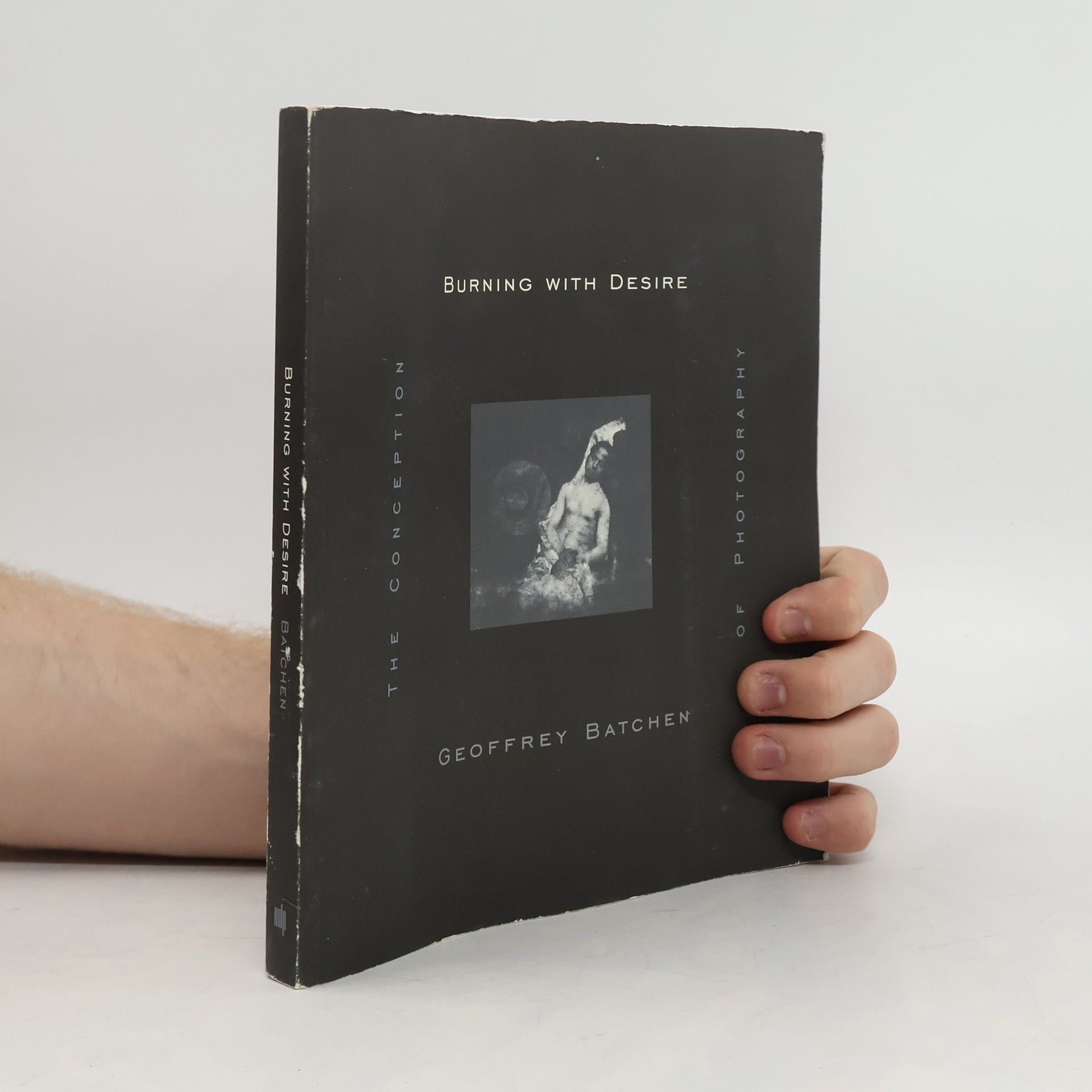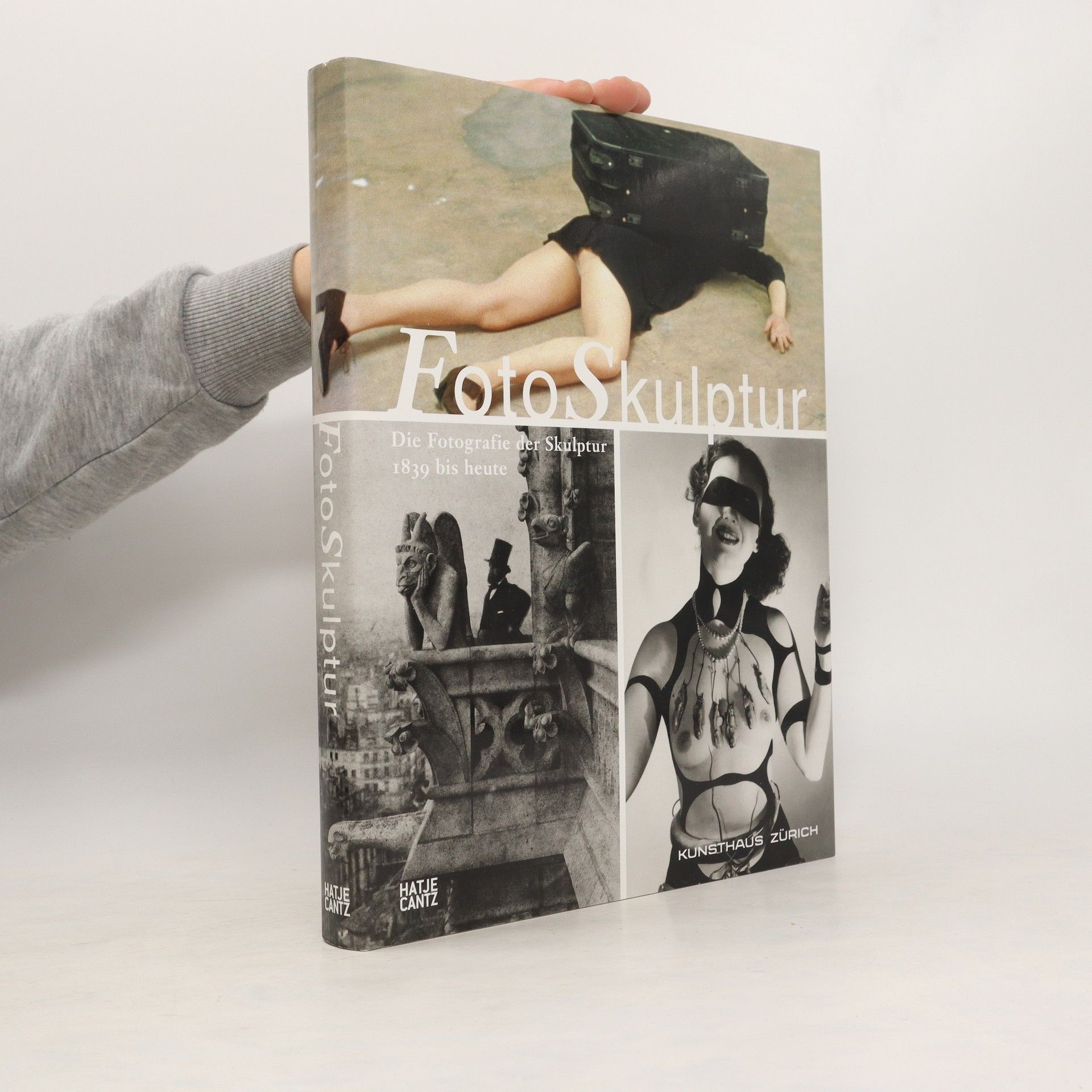The book delves into the life and innovations of William Henry Fox Talbot, the English pioneer of photography, highlighting his early experiments in the 1830s and significant contributions throughout the 1840s and 1850s. Utilizing archival materials from the Bodleian Library, it features eighty full-page plates that showcase Talbot's diverse interests and travels. An illustrated introduction contextualizes his work within a modernizing Britain and his intellectual environment, emphasizing how competition with the daguerreotype spurred his continuous quest for photographic advancement.
Geoffrey Batchen Boeken






The Forms of Nameless Things
- 80bladzijden
- 3 uur lezen
This book features 24 of William Henry Fox Talbot's experimental prints. Offered to the reader as enigmatic physical artefacts, an accompanying essay illustrated with comparative images places these photographs in a broad historical context, revealing what relevance Talbot's experiments have to contemporary concepts of the art of photography.
Focusing on the often-overlooked negative aspect of analog photography, this book presents a representative history of the medium. By exploring the foundational role of negatives, it offers insights into the evolution of photography, highlighting key moments and influences without claiming to cover every detail. Through this unique lens, readers gain a deeper appreciation for the art form and its development over time.
Burning with Desire
- 285bladzijden
- 10 uur lezen
In this book, Geoffrey Batchen analyzes the desire to photograph as it emerged within the philosophical and scientific milieus that preceded the actual invention of photography.
Apparitions: Photography And Dissemination
- 272bladzijden
- 10 uur lezen
An engaging and provocative account of photography's first commercial applications in England and their global implications. This book addresses a persistent gap in the study of photography's history, moving beyond an appreciation of single breakthrough works to consider the photographic image's newfound reproducibility and capacity for circulation through newsprint and other media in the nineteenth century.
Photography Degree Zero
Reflections on Roland Barthes's Camera Lucida
Roland Barthes's 1980 book Camera Lucida is perhaps the most influential book ever published on photography. The terms studium and punctum, coined by Barthes for two different ways of responding to photographs, are part of the standard lexicon for discussions of photography; Barthes's understanding of photographic time and the relationship he forges between photography and death have been invoked countless times in photographic discourse; and the current interest in vernacular photographs and the ubiquity of subjective, even novelistic, ways of writing about photography both owe something to Barthes. Photography Degree Zero, the first anthology of writings on Camera Lucida, goes beyond the usual critical orthodoxies to offer a range of perspectives on Barthes's important book. Photography Degree Zero (the title links Barthes's first book, Writing Degree Zero, to his last, Camera Lucida) includes essays written soon after Barthes's book appeared as well as more recent rereadings of it, some previously unpublished. The contributors' approaches range from psychoanalytical (in an essay drawing on the work of Lacan) to Buddhist (in an essay that compares the photographic flash to the mystic's light of revelation); they include a history of Barthes's writings on photography and an account of Camera Lucida and its reception; two views of the book through the lens of race; and a provocative essay by Michael Fried and two responses to it
Each Wild Idea
- 258bladzijden
- 10 uur lezen
Essays on photography and the medium's history and evolving identity. In Each Wild Idea , Geoffrey Batchen explores a wide range of photographic subjects, from the timing of the medium's invention to the various implications of cyberculture. Along the way, he reflects on contemporary art photography, the role of the vernacular in photography's history, and the Australianness of Australian photography. The essays all focus on a consideration of specific photographs—from a humble combination of baby photos and bronzed booties to a masterwork by Alfred Stieglitz. Although Batchen views each photograph within the context of broader social and political forces, he also engages its own distinctive formal attributes. In short, he sees photography as something that is simultaneously material and cultural. In an effort to evoke the lived experience of history, he frequently relies on sheer description as the mode of analysis, insisting that we look right at—rather than beyond—the photograph being discussed. A constant theme throughout the book is the question of photography's past, present, and future identity.
Geoffrey Batchen: Bild-Erscheinungen
Eine kleine Geschichte fotografischer Verwandlungen Reihe Fotokritik
- 200bladzijden
- 7 uur lezen
Der Autor untersucht, wie Fotogeschichten über die Grenzen der Fotografie hinaus erzählt werden können. Geoffrey Batchhen fordert eine neue Mediengeschichte der frühen Moderne, die sich mit der Migration und Verbreitung fotografischer Bilder in verschiedenen Medien auseinandersetzt. Seine Studie verfolgt die Wanderungen dieser Bilder und beschreibt eine dynamische visuelle Kultur, die die intermedialen Aspekte der Fotografie betont. Batchhen argumentiert, dass die Geschichte der Fotografie stets eine Geschichte von medialen Transformationen war.
Seit ihren Anfängen in der ersten Hälfte des 19. Jahrhunderts bietet die Fotografie neuartige Möglichkeiten der Kunstinterpretation. Mittels der Wahl von Bildausschnitt, Tiefenschärfe, Aufnahmewinkel, Motivabstand und Beleuchtung sowie durch die Nachbearbeitung in der Dunkelkammer, Bildmontage, Collage- oder Assemblagetechniken haben Fotografen Kunstwerke nicht nur dokumentiert, sondern selbst beeindruckende Bildfindungen erschaffen. Die Publikation untersucht die Überschneidungen zwischen den beiden künstlerischen Genres Fotografie und Skulptur und inwieweit Abbildungen unverzichtbar für unser Verständnis von Plastik wurden. Anhand von über 300 herausragenden Fotos von über 100 Künstlern vom Beginn der Moderne bis heute beleuchtet der Band auf welche Weise die Fotografie unsere Vorstellung von Skulptur prägt und gleichzeitig in Frage stellt. Mit Arbeiten von (Auswahl): Eugène Atget, Herbert Bayer, Hans Bellmer, Constantin Brancusi, Brassaï, Manuel Alvarez Bravo, Claude Cahun, Marcel Duchamp, Fischli & Weiss, Robert Frank, Lee Friedlander, David Goldblatt, Rachel Harrison, Hannah Höch, André Kertész, Man Ray, Bruce Nauman, Charles Nègre, Gillian Wearing, Hannah Wilke, Iwao Yamawaki Ausstellungen: MoMA, New York 1.8.–1.11.2010 Kunsthaus Zürich 25.2.–15.5.2011

